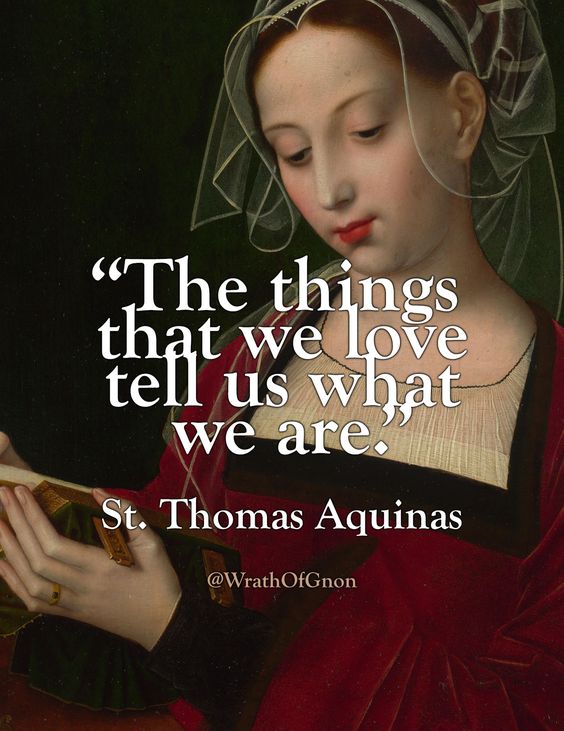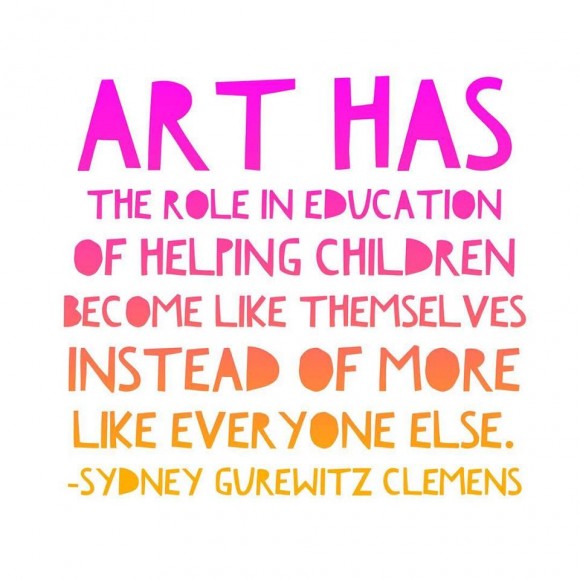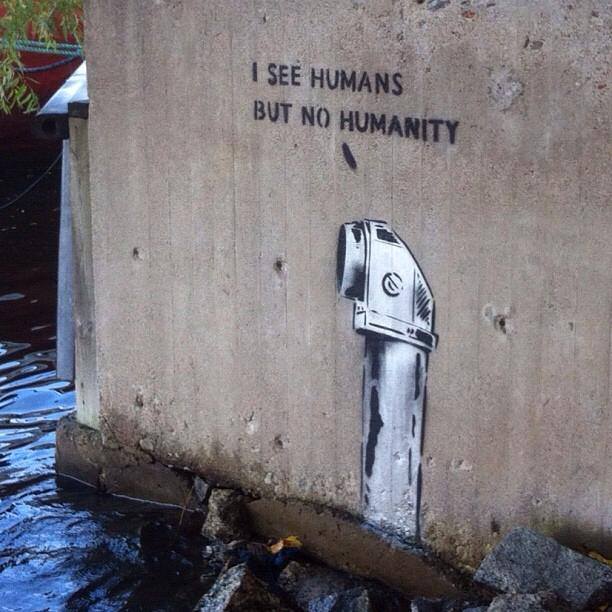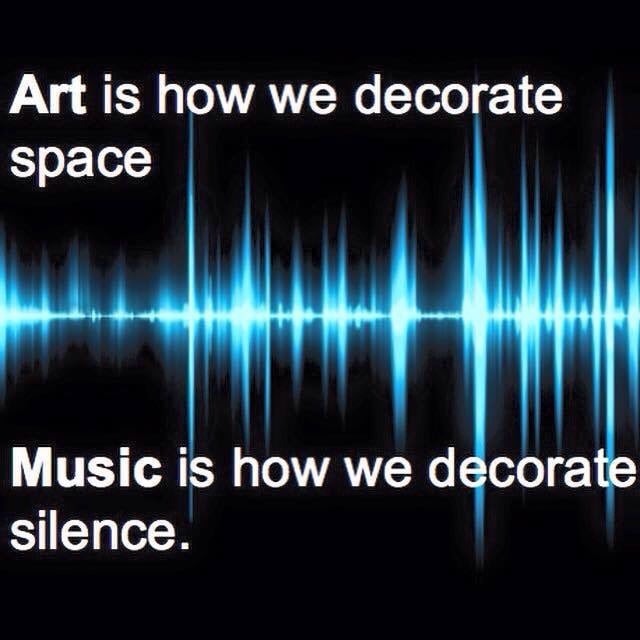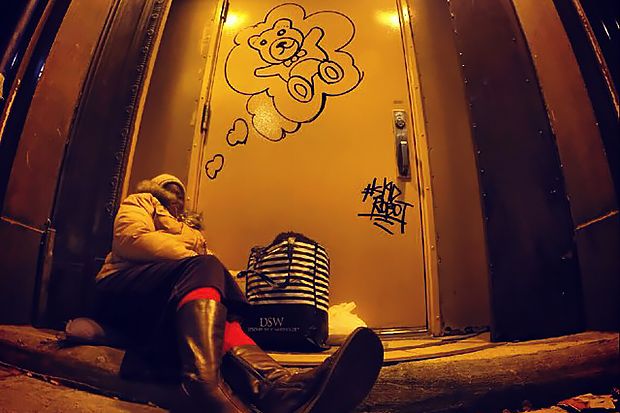Tag Archives: Art
Mind-blowing, magnified portraits of insects by awesome photographer
Giant toddler peeks over Trump’s border wall – by French artist JR
Artist creates sculptures from old car parts
Donald Trump kisses Pope Francis in controversial graffiti in Rome
Fun & creative things to do when you are bored at home
Sand sculptors create stunning art in Florida Keys
Giant sugar sculpture of Roald Dahl’s BFG
The dad who makes sculptures from toast
Incredible makeup inspired by art masterpieces
Greenpeace activists scale the British Museum
Creativity

Theo Jansen’s wind-powered “strandbeest” sculptures
Faceswap at the museum
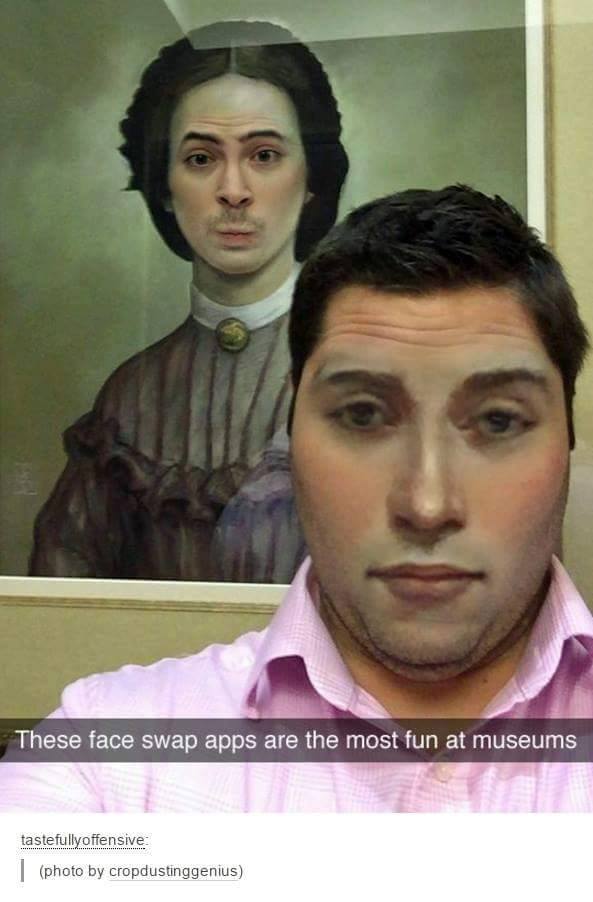
“Art Today, Gone Tomorrow”: street art in Austin
A piece by Banksy
Missing girls in India
This art project by Leena Kejriwal aims to attract attention to girls being kidnapped in India (usually between 9 and 12 years old) to be used in sex trafficking.
Read more about this action here:
Spray-painting the dreams of the homeless
Anonymous Los Angeles street artist Skid Robot wants to “ignite a global revolution of compassion.” The artist brings attention to the issues of homelessness by making Skid Row his canvas and its inhabitants his muses. Best known for his graffiti, Skid Robot gives food, money, and toiletries to homeless people on Skid Row and then includes them in paintings done around their makeshift homes. Skid Robot will sometimes ask his models about their dreams and incorporate that into his pieces. While a painting of a warm bed doesn’t compare with the real thing, he is fund-raising for a documentary about homelessness.
Rainworks: rain-activated Art
Banksy paints graffiti on remains of Gaza home

Here is a link to the ironic, fake tourist video Banksy made about Gaza.



